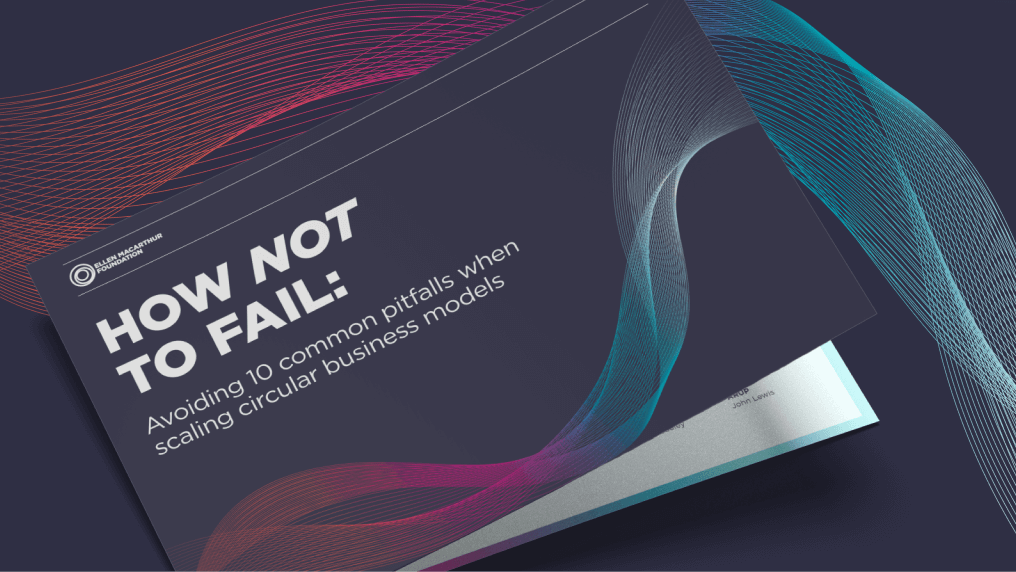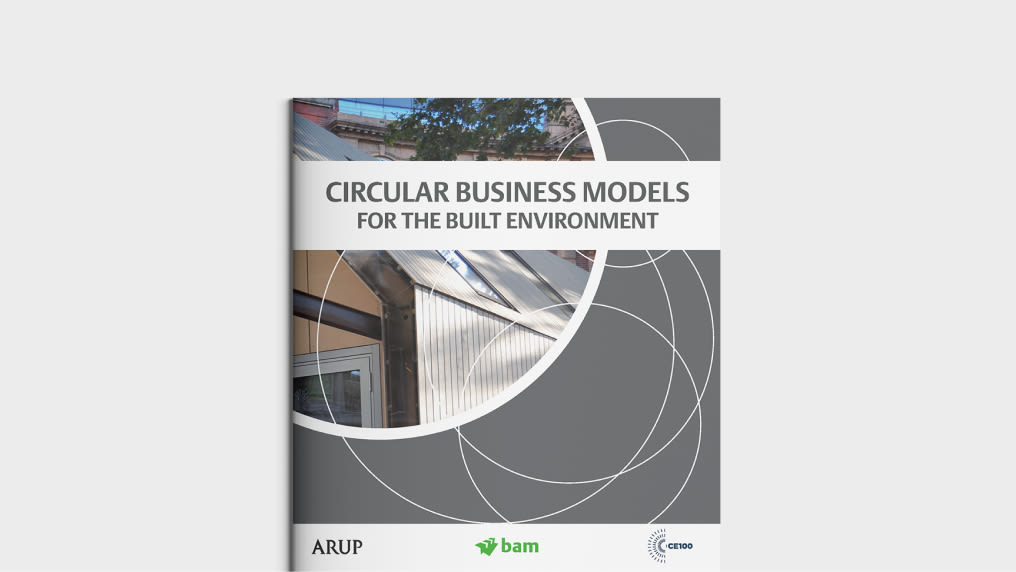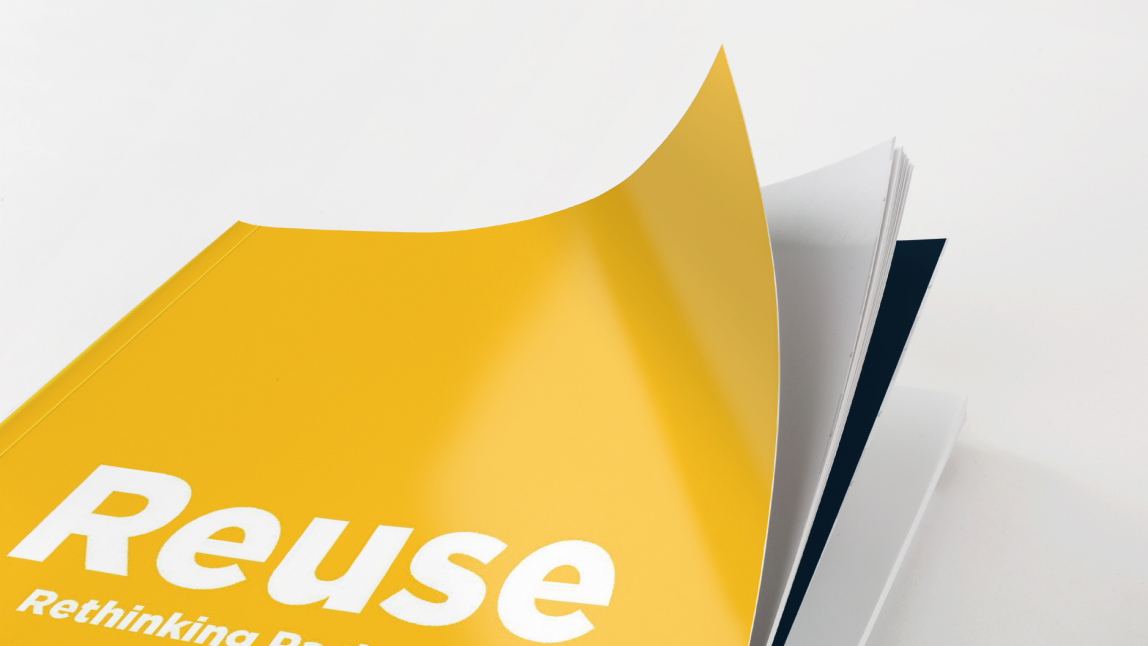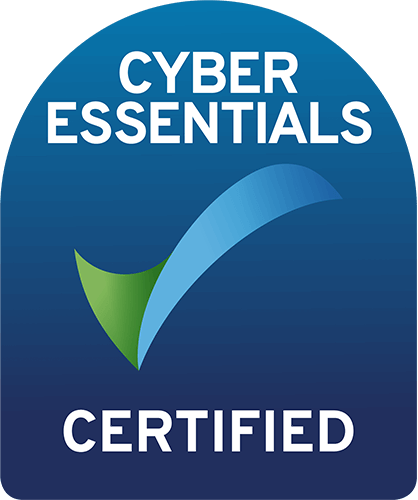Circular business models are transforming how businesses create and capture value. By moving beyond the linear take-make-waste approach, companies are unlocking new ways to grow while reducing their reliance on finite resources.
In Europe alone, circular markets could be worth EUR 1.5 trillion by 2040. Businesses acting now are generating new revenue streams, reducing costs, and building stronger relationships with their customers — all while becoming more resilient in a rapidly changing world.
What is a circular business model?
A circular business model is designed to create and capture value by keeping products and materials in use at their highest value. Examples of circular business models include rental, repairrepairOperation by which a faulty or broken product or component is returned back to a usable state to fulfil its intended use., and refurbishment. Instead of following a straight line from production to disposal, resources in a circular business model keep flowing through the economy. In doing so, they decouple economic activity from the extraction of raw materials.
Circular business models aren't just about individual products or processes — they're about redesigning how businesses create and capture value. The ways in which materials are circulated are not just add-on processes to business-as-usual, they are fundamental to how the business model is conceived.
Circular business models are underpinned by the three principles of a circular economy:
This stands in contrast to the linear economy, where products are designed to be used then discarded. The linear model relies on the continual extraction of resources and creates vast amounts of waste and pollution.
Types of circular business models
There's no one-size-fits-all approach to building a circular business model, but there are three proven strategies that businesses around the world are using to begin their transformation:

Sell access, not ownership
Customers can get everything they need without owning everything they use. Designing models that provide access to products, rather than ownership, allows businesses to retain control of valuable materials, while offering customers convenience and flexibility.
Rental: Customers pay to use a product for a defined time, from power tools to designer clothing
Pay-per-use: Customers pay for set outcomes, not products — lighting rather than lightbulbs, or mobility instead of a car
Sharing platforms: Products are shared among multiple users, either peer-to-peer, via multi-brand platforms, or through co-ownership models

Extend product life
Every product represents embedded energy, materials, and labour. Keeping products in use reduces demand for new materials and helps businesses capture more value from each item.
Repair and maintenance: Products are designed to be fixed, with spare parts and repair services readily available
Resale: Products are sold for reuse through the original brand, third-party marketplaces, or peer-to-peer platforms
Refurbishment and remanufacturing: Products or components are restored to like-new condition or adapted for different uses
Reuse and refill: Packaging or products are returned and reused multiple times, replacing wasteful single-use systems

Turn outputs into inputs
Choose materials that can reenter the environment or be upcycled into something new
Waste-to-value: Unavoidable waste or by-products are transformed into new inputs of equal or higher value, to create new products
Biological cycle: Products are made from materials of renewable biological origin, such as regeneratively grown food or natural fibres, are safely returned to the biosphere through processes like composting or anaerobic digestion, regenerating the land. Explore the biological cycle.


What are the benefits of circular business models?
Economic benefits
New revenue streams: Recapture value from products and materials that would otherwise be lost. Circular models open up new revenue streams and help businesses reach untapped markets, while reducing reliance on raw materials
Cost efficiency: Reduce material and production costs, reduce costs associated with waste, and decrease dependence on volatile commodity markets, by generating revenue from existing assets
Resilience
Risk mitigation: Reduce supply chain vulnerabilities, forecast costs more effectively, and insulate against resource scarcity
Future-proof: Stay ahead of regulations, such as extended producer responsibility
Brand value
Customer experience: Move beyond one-off transactions. Circular models enable ongoing engagement and community-building, as well as potential to better meet customer needs, creating customers for life rather than customers for a moment.
Attract and retain talent: By adopting an innovation mindset, brands can appeal to employees
Market differentiation: Stand out in crowded markets, attracting customers and investors
Environmental benefits
Reduce carbon emissions: Reduce emissions associated with material extraction and processing
Eliminate waste: Design out pollution and waste streams
Reduce pressure on nature: Decouple business activity from virgin material extraction, creating space for ecosystems to recover
Regenerate nature: Restore and enhance natural systems through business models designed to actively improve environmental health



The transformation is happening now
Businesses across every sector are proving that circular business models work. They're building more resilient, profitable, and future-ready organisations — demonstrating that what's good for nature is also good for business.
The companies moving first are capturing the biggest advantages. Those that wait risk being left behind as customers, investors, and regulators increasingly expect circular thinking.







